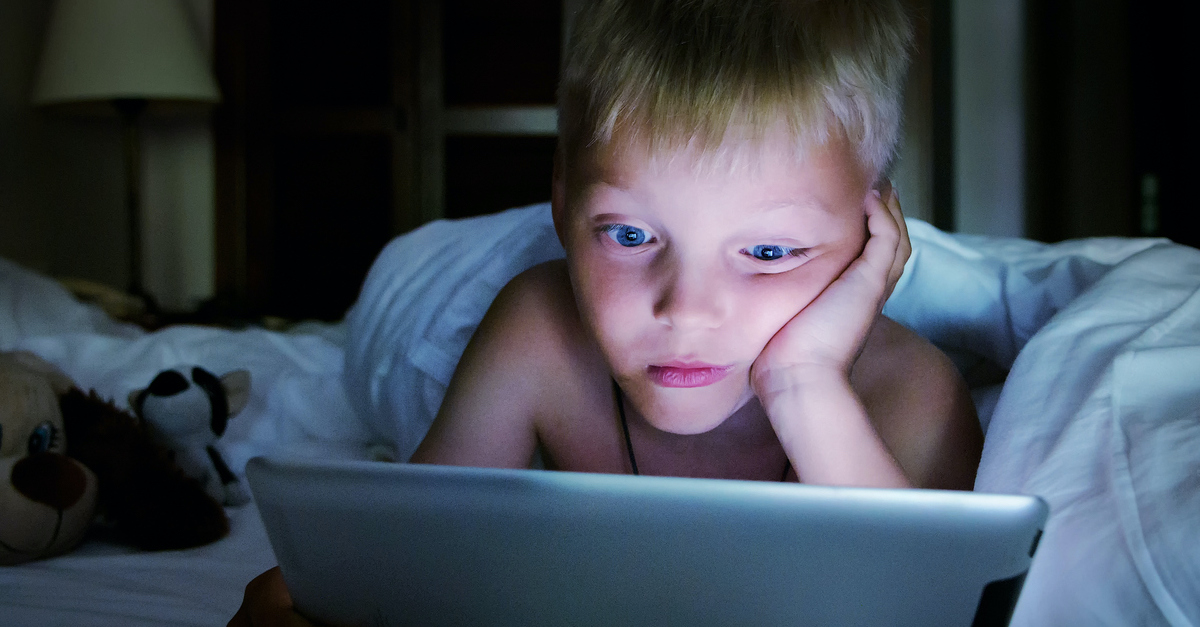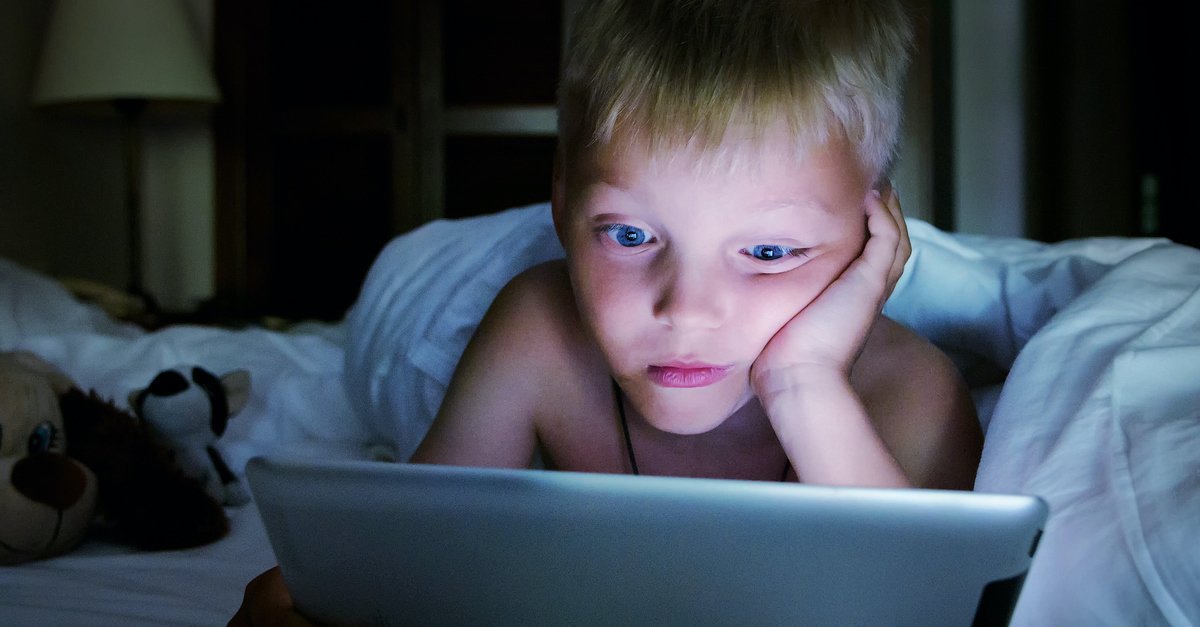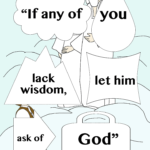[ad_1]

3. Help Children Understand the Cost
Slide 3 of 3
When it comes to the accessibility of pornography, we have to assume the worst. As adults, we need to have a fair understanding of the stakes and how to teach this to our children in age-appropriate ways. According to a 2019 UK study commissioned by the British Board of Film Classification (BBFC), 62% of 11-13-year-old children who had seen pornography reported that their first exposure to it was unintentional.
While these stats may seem shocking, the reality is that as our children age and have more access to digital content, these numbers increase. Additionally, a fair amount of pornography that is easily accessed for free borders on the line of criminal. A large majority of the content hosted on sites like Porn Hub was found to be criminal and non-consensual; after a 2020 New York Times article by journalist Nicholas Kristof titled “The Children of Pornhub,” Pornhub dumped massive amounts of digital content that fell into this category.
Helping our children understand that a digital image is forever can thwart them from becoming victims of illegal pornography themselves. Even if you can trust someone for a season, you can’t really trust someone with nudes or violating images. We live in a predatory society. We need to teach kids to be skeptical, to protect themselves from being victims of pornography and from viewing it altogether.
“The good news is that even if we can’t get porn websites to have the proper age verification, I think that knowing that we have so much power to educate our kids and that as parents, we can have so many great conversations around this issue,” Garcia encouraged, “we can win those battles by being attentive and being attuned to the world that they are already immersed in.”
While this might feel like an uphill battle for most parents, creating a safe space for conversation, demystifying the topic, and leading in love rather than shame can help prepare our children for the world they are living in. Our job, as parents, is to raise adults who have a firm grip on what is healthy for them. We teach our children how to eat healthily, treat others well, and what healthy love looks like. Giving our children the tools to protect themselves from the onslaught of harmful digital content is just as loving as feeding them healthy food, tucking them in at night, and praying over them. While the conversation may still feel uncomfortable and awkward, for you—and possibly for your child as well—it is entirely worthwhile.
If you’d like additional resources before engaging in this conversation, please take a look at the links below:
Good Pictures Bad Pictures by Kristen A. Jenson
The Children of Pornhub by Nicholas Kristof
Photo credit: ©GettyImages/imtmphoto
[ad_2]
Source link







You must be logged in to post a comment.